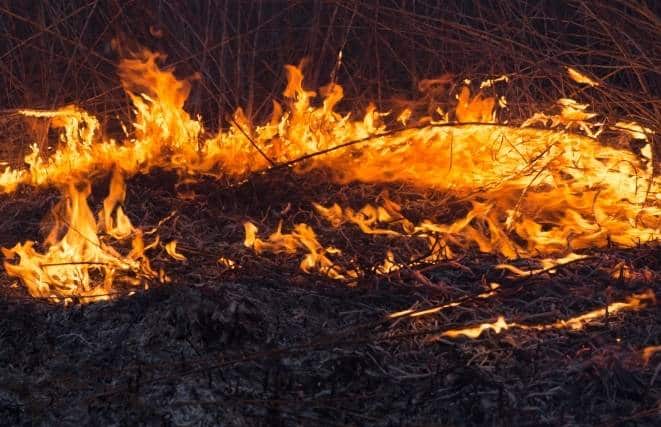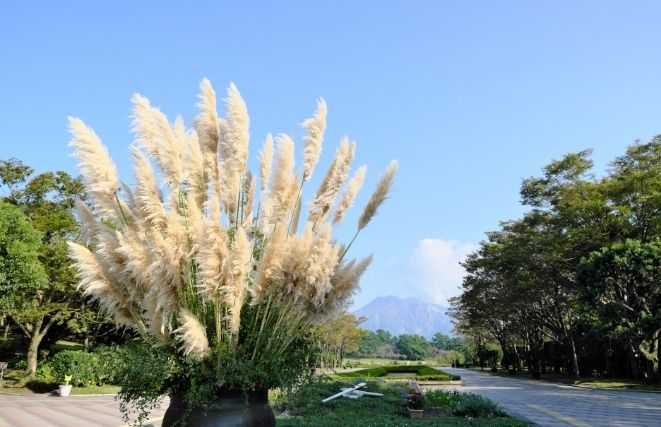Pampas grass is considered bad in some areas because it is invasive, meaning it can quickly spread and overtake native plant species, leading to ecological imbalance. It can also be a fire hazard in areas with dry and hot climates, as the tall grass blades can easily ignite and spread flames. Additionally, pampas grass can cause skin irritation and allergies in some people.
This plant dates back and is native to South America. While this is not as serious an issue in areas such as its’ land of origin, it is still something to keep an eye out for. Regions that are no strangers to the unappealing side of pampas grass are California, Australia, and even New Zealand.
While it may be considered a luxury plant that many individuals like to decorate their homes with, there is a greater story behind pampas grass. However, it is illegal to sell this grass in certain areas on the NSW north coast.
Pampas Grass, Cortaderia Selloana
There are various pampas grass species, such as hardy pampas grass, which can grow anywhere from eight to 12 feet. It is essential to identify which type you are dealing with, as not all have adverse effects. How do you tell between the good and the not-so-good?
Weedy species that spread, such as Cortaderia Jubata, are dreaded by environmentalists. This type of pampas grass has sharp as well as harsh leaves and unattractive plumes. These leaves can also cut you. If you see this plant, stay as far away as possible. Another type of pampas grass is C. Selloana. This can be identified by its’ male and female flowers and the full hairs on the plumes. While pampas grass can survive in winter, it is not ideal as they do get dried out and do not bloom in this weather. They need sunlight during the day.
Some cities have taken steps to try and control the amount of pampas grass that grows by planting other plants near them so they get trimmed down or pulling them out altogether if they get too big or start choking out other plants.
Why Clumps of Pampas Grass are Considered Harmful
Over the years, people have been warned to stay away from this grass without really understanding why. Let’s look at the facts:
- Pampas grass can grow uncontrollably.
- It creates a fire hazard.
- It is invasive towards other big and small plants.
- Pampas grass acts the same way a weed would.
- It could potentially damage your yard.

When to plant pampas grass?
Pampas grass should be planted in the springtime after the danger of frost has passed. This ensures that the seedling will not die before it has had a chance to become established. However, if there is a light frost after planting, no worries! Pampas grass has enough natural defenses that it will remain alive.
The pampas grass has a dramatic effect on a garden or landscape and will be a focal point of your yard. However, before you plant the pampas grass, be sure that there is plenty of water available as well as sunlight to help this plant grow.
Pampas grass in pots
Pampas Grass is a low maintenance evergreen that can be easily planted in pots. It looks great on patios, balconies or inside living rooms.

The plant can grow up to six feet tall, so it is very effective at creating a visual barrier which is especially good for blocking views of noisy neighbours. Pampas grass is available for purchase at many nurseries, garden centers or even hardware stores and can be grown from seeds or plants.
Conclusion
Never let the beauty of one of these small or large plants fool you. It is evident that pampas grass is not just a thing used to add to the aesthetic of one’s home. Do not think this for one second! This wild-growing plant damages other grasses and prevents other plants from living throughout any time of the year. If you know how to identify which type of pampas grass you are dealing with, the danger is reduced. If you want to plant pampas grass, make sure that it is in a place that is not going to overcrowd any other seed or items. Allow it to thrive.








